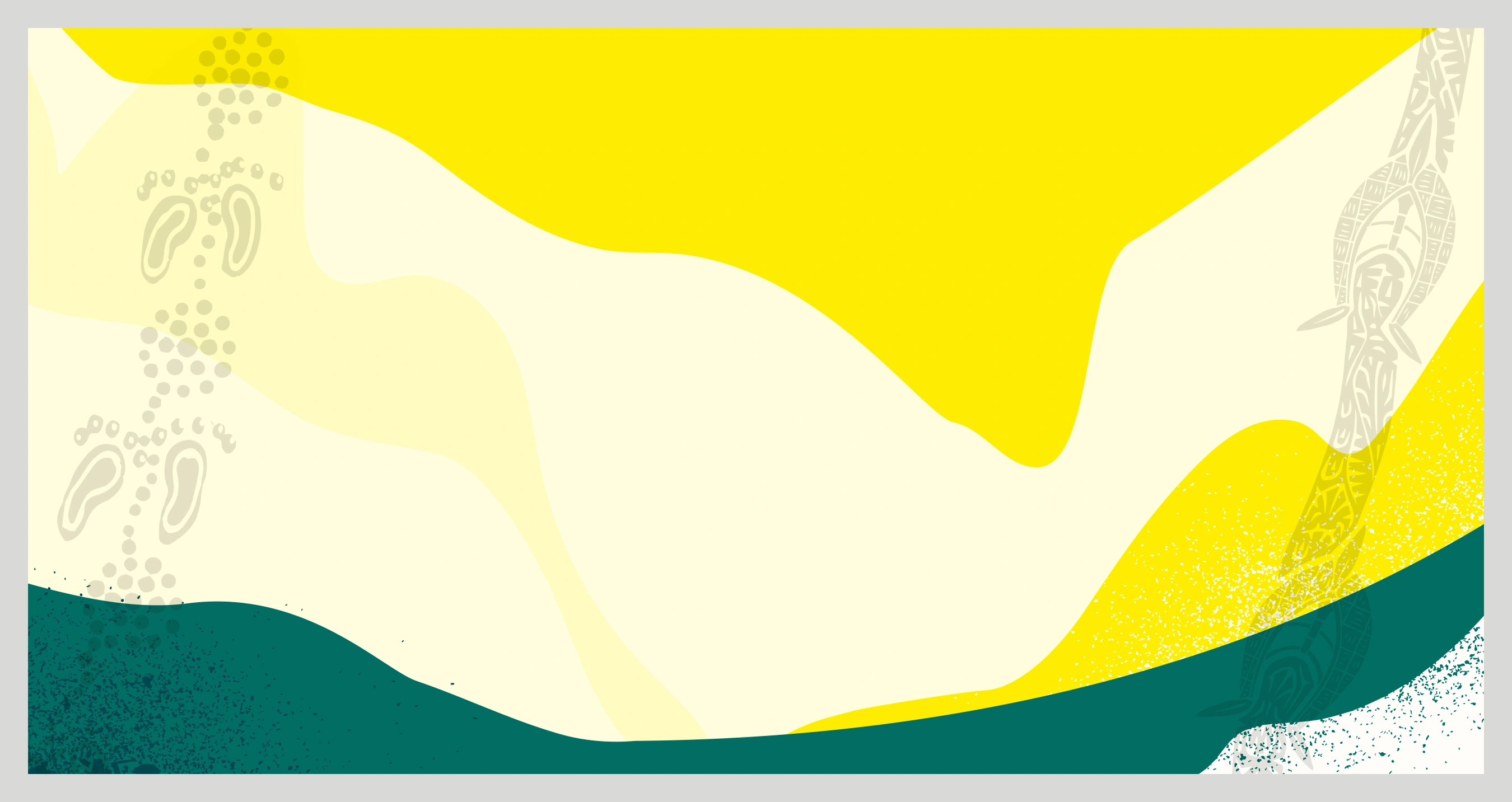“It is a very challenging course,” said Paulo Pacheco, president of the Brazilian Golf Confederation (CBG). “It has plenty of undergrowth and is very open so the wind will challenge the golfers here, who will also have lots of bunkers to deal with. This layout is narrow and will demand great precision from the players.”
To ensure that the course remains at the highest standard up to the Games, the grass will be trimmed three or four times per day and watered every 48 hours. The CBG will be responsible for the course up to May 2016, when it will be handed over to the Rio 2016 Organising Committee to make the final preparations for Olympic golf tournament, which will take place from 11 to 20 August.
After the Games, the course will again be administered the CBG and city government, and will be a public facility for at least 20 years. The aim is to use the course to promote the sport in Brazil, with access for social projects, as well as providing a space for top-level players and other golf-related professionals to work and train, a venue for hosting future high-level competitions and an attraction for golf-related tourism.
“This will be the biggest park in the city,” said Rio mayor Eduardo Paes. “Our aim is to get families and children interested in golf and help grow the sport in Brazil.”
Constructed on a degraded piece of land, the golf course project involved the planting of about 650,000 seedlings to help rejuvenate the area. While before the construction only 10 per cent of the area was covered by native vegetation and 118 species of plants and wildlife had been catalogued, afterwards 245 species were counted and 67 per cent of the area was covered by vegetation, the inland dunes and two lakes. The city government said the process of transplantation, preservation, recuperation and increase of vegetation in the area is considered one of the largest in the country.
Rio 2016

